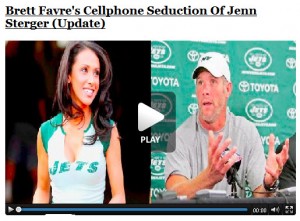Fighting Overdog Syndrome.
Apple has been on the front page of many metropolitan newspapers over the last couple of years. The FoxConn story on manufacturing in China under un-American circumstances, the hard looks at Steve Jobs during publication of his biography and passing and now its tax avoidance. It’s almost as if some in the media have an axe to grind with this darling of American commerce and technology. Overdogs often are targeted. Yet with all this bad press, most consumers still love Apple.
Microsoft used to be the overdog and all consumers used their products — but most skewered them. Many techies loved to kill them on message boards, in offices and around the digital coolers. The only Microsoft advocates worked at Microsoft.
So how why does Apple get stink on itself and still maintain the love? Products. And proper brand management. Much of the latter is due to Lee Clow, TBWA/Chiat Day, Steve Jobs himself and the marketing Kool-Aid drinkers. The Apple ads are fun, funny, sometimes biting, colorful and artful. And clean like the products.
I’m hard-pressed to see how the latest tax image problem will be resolved by Apple, but I’m sure it will be. Samsung, Microsoft, HTC and Google Glass will fight Apple for share of wallet. But when it comes to the “love,” they will need to create and manage their brands with grace, insight and focus if they are to beat the overdog syndrome. (Google and it’s agency BBH have a clue. Eye on them.) Peace.






